Australia's unemployment rate currently sits at 5.1%, with the latest figures out from the Australian Bureau of Statistics (ABS) on Thursday expected to show an increase to 5.4%.
In a statement released on Wednesday, Josh Frydenberg said the Treasury expects this number to rise to 10% in the June quarter, and would have risen to 15% had it not been for the Government's JobKeeper scheme.
"More than 800,000 businesses have already registered for the JobKeeper payment which will allow the economy to recover more quickly once we are through to the other side of the crisis," Mr Frydenberg said.
But the JobKeeper scheme creates a flaw in the ABS's unemployment reporting: Seasonally adjusted, Australia's underemployment rate currently sits at 9.1%, which is around 1.1 million people.
The ABS defines underemployment as part-time workers who would like to work more hours and full-time workers who did not work full-time hours for economic reasons.
The JobKeeper scheme allows businesses substantially impacted by the coronavirus to claim the $1,500 fortnightly wage subsidy to help pay employees' wages for at least six months.
But with the Government's shutdown of the majority of the hospitality industry, retail businesses voluntarily and involuntarily shutting their doors and the aviation and tourism industry halted, many of the recipients of the JobKeeper scheme either aren't working or are working heavily reduced hours.
According to the ABS, these people would be considered underemployed.
Want to earn a fixed interest rate on your cash? The table below features term deposits with some of the highest interest rates on the market for a six-month term.
What will the underemployment rate peak at?
With unemployment the all important figure, economists fall over themselves in an effort to correctly predict its fluctuations, while underemployment remains the ugly duckling, often forgotten.
There's no doubting the figure will rise, but by how much?
Economist Stephen Koukoulas told The New Daily the underemployment rate could rise to 15% and called for further stimulus.
“I wouldn’t blame the government for one second about the recession that’s happening – that’s obviously a health crisis – but you can hold them to account for how deep and how protracted this is going to be, how many people are going to be unemployed, and how miserable the business sector is going to be,” Mr Koukoulas said.
Commsec Chief Economist Craig James said the underemployment rate would lift in March and continue to do so in the coming months.
"While under the JobKeeper scheme these workers may be technically employed, they would no doubt like to be at workplaces fulfilling their roles," Mr James said.
"Other workers may be at their workplaces but the business may be operating under reduced or restricted hours."
Underemployed people are at high risk of becoming unemployed
The 800,000 businesses who have registered for JobKeeper account for six million workers, almost half the Australian workforce.
The scheme forms part of a $200 billion stimulus package and is around 16% of Australia's GDP, but it still may not be enough to save many businesses according to NAB Chief Economist Alan Oster.
“While almost everyone expects a fairly rapid bound back in activity once the spread of the coronavirus is contained and social distancing rules are relaxed, the immediate worry for the business sector is the impact on cashflows," Mr Oster said.
"Without cashflow support, it is likely many businesses will be severely impacted and unable to return to operations once the economy begins to recover. This has been an important focus of policy makers.”
If Mr Oster's predictions ring true, many businesses will simply not have the money to open their doors again when the government begins to roll back lockdown measures and kick start the economy.
As a result, many recipients of the JobKeeper scheme, considered to be underemployed, would become unemployed.
Additionally, the JobKeeper scheme has a finite life of six months, although the Government has said it was open to an extension.
So while the Government has saved the unemployment rate from skyrocketing to its highest ever point and a possible depression, the underemployment rate could spell disaster.
And Deloitte Access Economics economist Chris Richardson said studies from Australia and overseas had shown if a person didn't regain employment within two years of losing a job in a recession, they were unlikely to ever work again.
"So you're not just saving a job today … this is a lifetime of savings," Mr Richardson said.
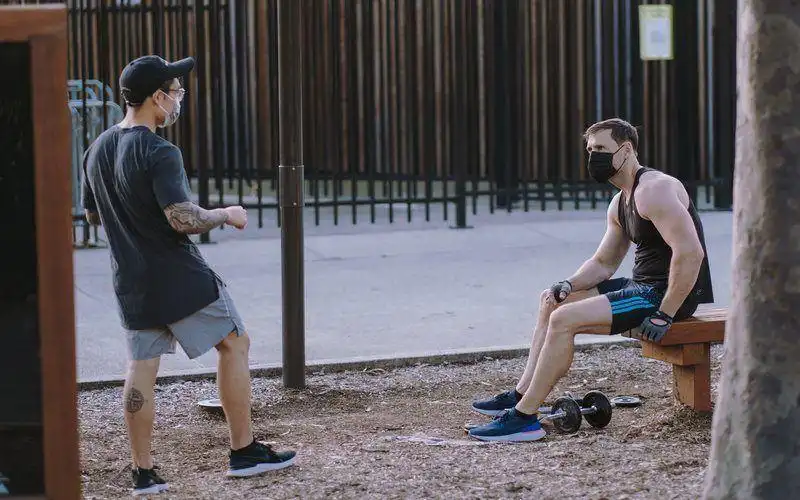



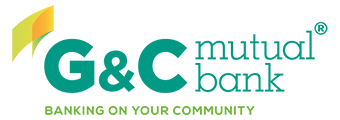
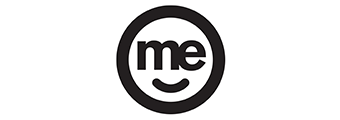



 Denise Raward
Denise Raward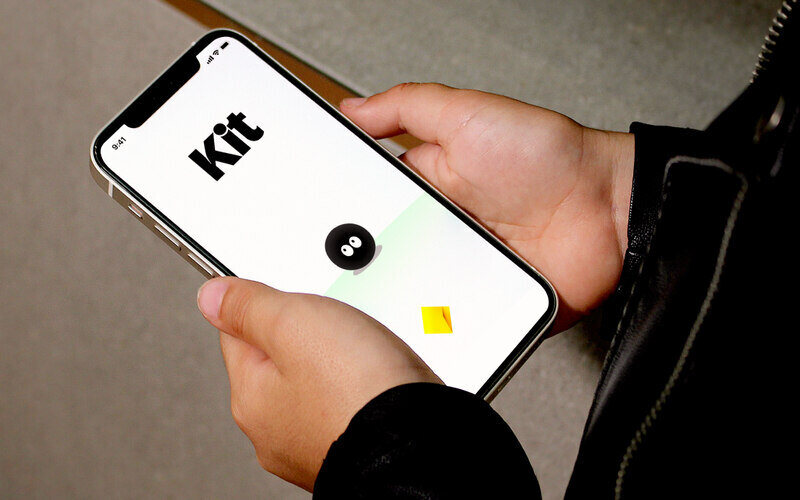
 Harry O'Sullivan
Harry O'Sullivan
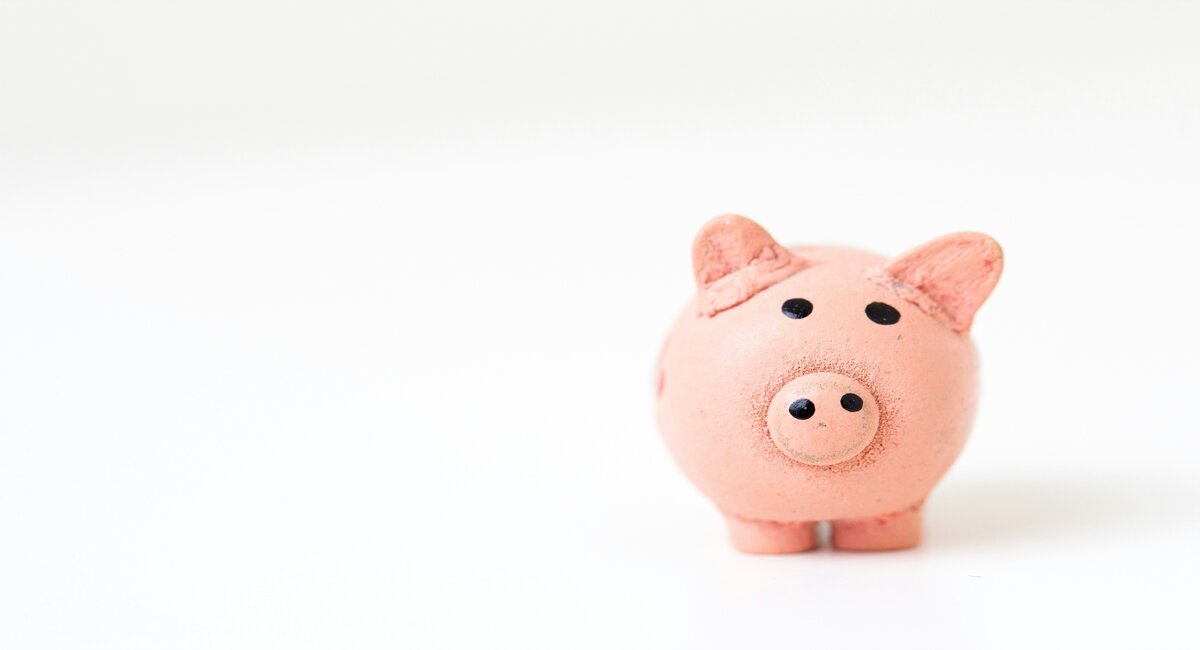

 William Jolly
William Jolly

